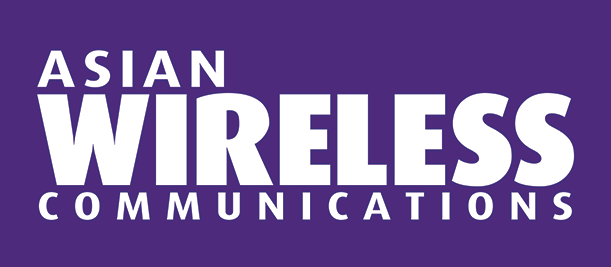17 July 2025
Hamza Hameed, Senior Practice Manager for Space & Connectivity, Access Partnership
However, despite these advancements and the development of a large amount of new connectivity infrastructure, a significant portion of the population remains unconnected, particularly in remote and rural areas. Asia is home to over 4.6 billion people, and according to recent estimates, only around 2.7 billion people in Asia are connected to the internet, leaving nearly 2 billion still offline. Most of these people reside in areas which are underserved or unserved by terrestrial connectivity infrastructure, for reasons of being too remote, rural, or uneconomical.
The rise of low Earth orbit (LEO) satellite constellations presents a transformative opportunity to bridge this digital divide, offering high-speed, low-latency internet access across the region. This trend is further amplified by the ongoing regulatory changes in several Asian countries, which are paving the way for LEO internet providers to enter the market.
Unlike traditional geostationary satellites, which operate at much higher altitudes, LEO satellites can provide faster internet connections with lower latency. This makes them particularly suitable for connecting remote regions in Asia, as well as small islands, where laying fibre-optic cables or building cell towers is not feasible.
Regulatory landscape in Asia
As the potential of LEO constellations becomes more apparent, various countries across Asia are beginning to adapt their regulatory frameworks to accommodate this new technology. Governments are increasingly recognising the need to create a conducive environment for LEO providers, aiming to expand internet access to underserved populations. For instance, in Southeast Asia, countries like Malaysia and Indonesia are actively revising their regulations to facilitate the entry of LEO internet services, particularly in rural and remote areas. Similarly, in South Asia, nations like India and Bangladesh are exploring new licensing regimes and guidelines to integrate LEO services into their broader digital strategies.
These regulatory activities reflect a broader trend in the region: a shift towards more inclusive and flexible policies that recognise the unique benefits of LEO technology. By updating existing frameworks, Asian governments are fostering competition within the telecommunications sector and ensuring that their citizens have access to the latest advancements in internet connectivity.
Impact on the communications industry
The rise of LEO constellations is fundamentally disrupting Asia's telecommunications landscape, challenging the dominance of traditional ISPs and mobile operators. For decades, these providers have relied on extensive terrestrial and geostationary satellite infrastructure, but LEO technology introduces a new competitive dynamic. With players like SpaceX’s Starlink, OneWeb, Amazon’s Project Kuiper, and Telesat leading the charge, LEO constellations offer faster, more affordable internet access, particularly in remote areas where traditional infrastructure is either non-existent or prohibitively expensive to deploy.
The key advantage of LEO internet lies in its ability to bypass the costly and complex ground-based infrastructure required by traditional ISPs. By leveraging a global network of Low Earth Orbit satellites, LEO providers can scale services quickly across vast regions, making high-speed internet accessible in areas previously deemed unreachable. This lowers costs as well as opening up new markets, intensifying competition and driving innovation in the industry.
As a result, LEO technology is not just an alternative to traditional broadband; it is a transformative force that is reshaping the digital landscape in Asia, offering unprecedented opportunities for digital inclusion and economic growth.
Conclusion
The rise of LEO constellations marks a transformative shift in delivering internet across Asia, particularly for the nearly 2 billion people still unconnected, many in remote areas. As Asian countries adopt LEO-friendly regulations, the region is set to lead in satellite-based services. This technology not only bridges the digital divide but also drives economic development, with studies showing that a 10% increase in internet penetration can boost GDP growth by up to 1.35% in developing countries. By enhancing productivity, education, and access to critical services, LEO technology offers a scalable solution for ensuring that all of Asia benefits from the profound socio-economic growth that widespread internet access brings.






